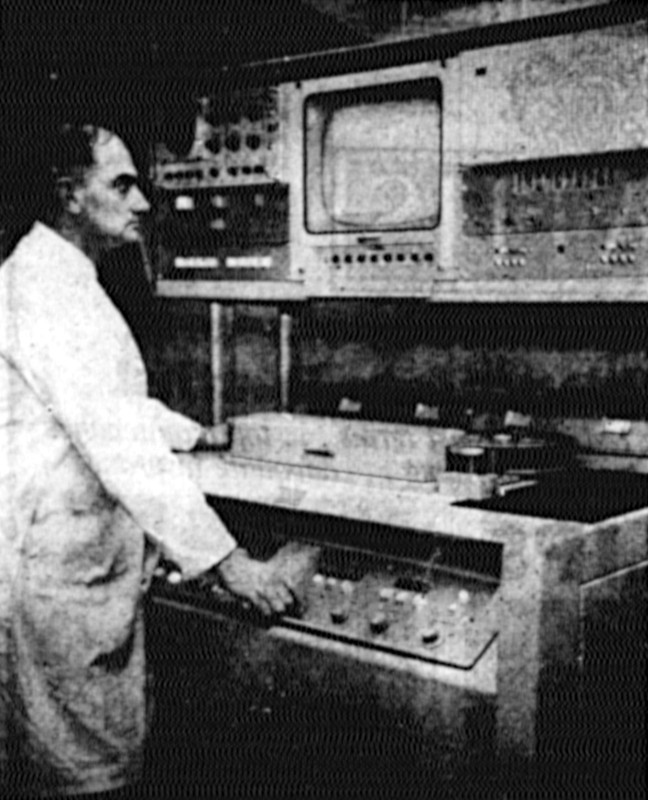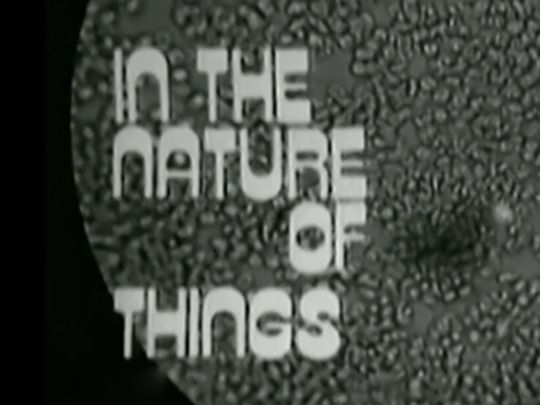Originally published in The Press, Volume CIII, Issue 30507, 31 July 1964, Page 23 (Supplement)

ALTHOUGH a relatively late entrant into the television field, New Zealand has been able to employ, right from the start, many of the latest technical innovations from overseas.
The videotape recorder is an outstanding example. This is the magic machine with over 300 valves which electronically records and plays back both sound and vision.
Ideal for studio productions and many outdoor events, videotape has the major advantage over film that it does not have to be processed before replay. Videotaped items are available for immediate use, if necessary, and extra copies can be run off as readily as the originals.
The quality of the material is so good that the layman cannot distinguish it from a live presentation.
All N.Z.B.C. television stations are equipped with the machines, and so can exchange local programmes originating in different centres. The spools can be easily dispatched and stored.
Videotape equipment receives the signals to be recorded from television cameras. In the case of studio productions, the cameras may be only a room or two away. On the other hand, for outdoor events, they may be several miles distant, their message being transmitted on super high-frequency radio beam from the mobile telecasting unit to the studio recorder.
A video head assembly revolving at 15,000 r.p.m. lays picture information diagonally across the tape as it makes its 15.5-inches-per-second passage through the machine. A control track-loosely speaking the electronic counterpart of ordinary film sprockets-is recorded along with picture and sound material This track provides the “brain” for the equipment’s replay operations.
When the tape is replayed, the same head assembly scans the recorded tracks in sequence. The information is decoded and comes out again in the form of the original picture with its associated synchronising signals. Sound is recorded and replayed from the same tape, the principles are the same here as in ordinary tape recorders.
Sometimes, additional material has to be inserted into a previously recorded programme. CHTV3 now has an electronic editing device which makes this operation possible without the need for costly arid tedious mechanical splicing. It also enables production errors to be very easily removed. The tape is simply stopped, the offending itein is eliminated, and the recording then continues as though nothing had happened.
The editing, equipment has proved particularly useful for the “marrying” of sports and other items from different stations into single programmes.
The tape is 2in wide and 0.001in thick. The spools can each hold up to 4800 ft of tape-the equivalent of 60 minutes’ recording time. Materials can be “wiped” and the tape used again. A tape’s average life is 100 passes through the machine.


Comments powered by CComment